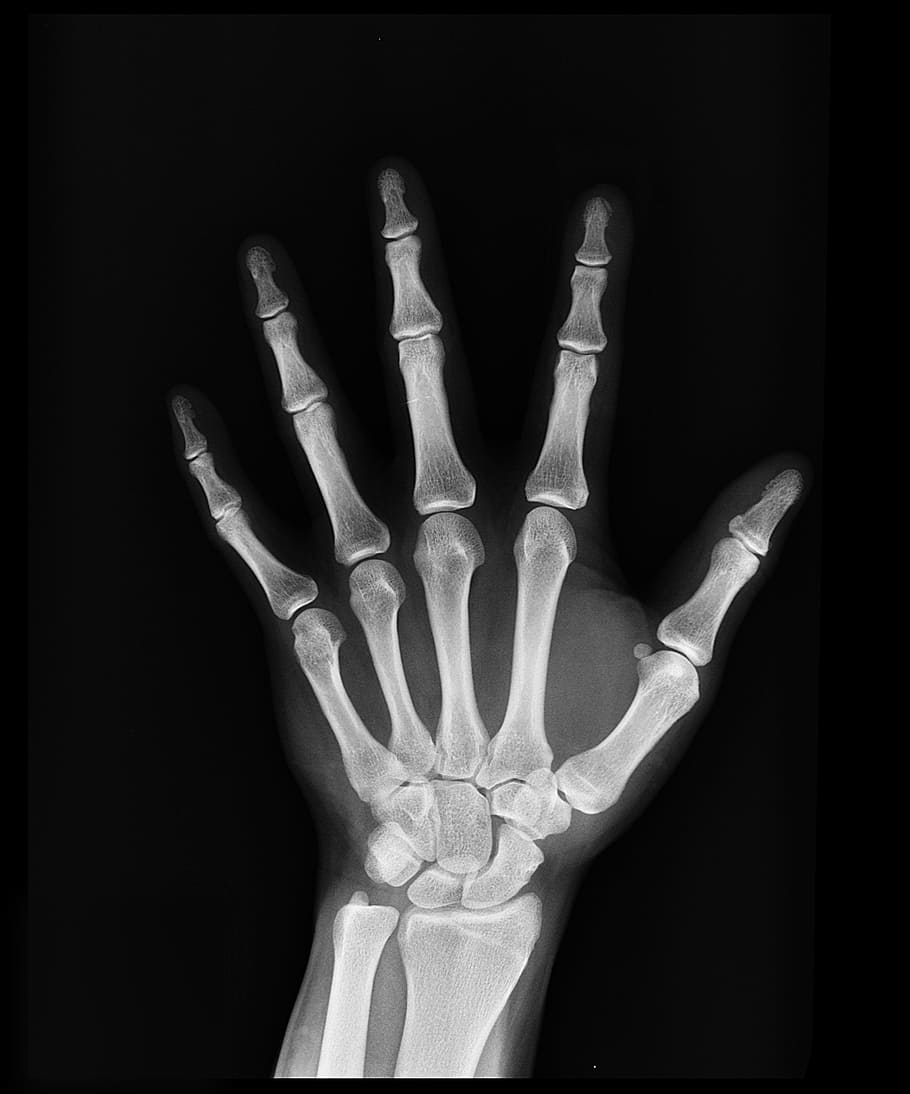Trinity researchers at AMBER (the centre for Advanced Materials and Bioengineering Research) and the Schools of Engineering and Pharmacy have discovered the long sought after mechanism by which exercise aids bone growth, which could help to develop new therapies for bone diseases such as osteoporosis.
The team has found that during exercise, osteocytes (bone cells) are subjected to a physical load which causes them to trigger signals in the form of nanoscale vesicles. These nanovesicles cause stem cells in the bone marrow to increase bone growth by promoting cell differentiation.
Though it is well-established knowledge that exercise can help promote bone growth and strength, this further understanding of the connection could help create more effective treatments for bone diseases like osteoporosis.
The researchers’ findings were published in the Stem Cells Translational Medicine journal, and gives new insight into how exactly exercise aids bone strength and the previously unknown method through which this occurs.
Professor David Hoey from Trinity’s School of Engineering said: “This work identified that mechanically activated vesicles can be harnessed to promote stem cell differentiation in the lab.”
“By harnessing these small vesicles we hope to develop new therapies for bone regeneration that mimic the beneficial effects of exercise on bone, potentially transforming how millions suffering from osteoporosis and bone defects are treated each year,” he said.
“Our next step is to test their efficacy in pre-clinical models.”
In Ireland, there are at least 300,000 diagnosed cases of osteoporosis and potentially many more people affected by the disease. Osteoporosis becomes a significant issue as the body ages and bone growth slows, and can lead to brittle bones that are very susceptible to fractures.
In those aged over 50, one in two women and one in four men will experience a bone fracture due to osteoporosis. Better treatment methods for those with osteoporosis, and more effective preventative medicine, could reduce the considerable costs associated with these injuries, €653 million, and the substantial impact they have on daily lives.






